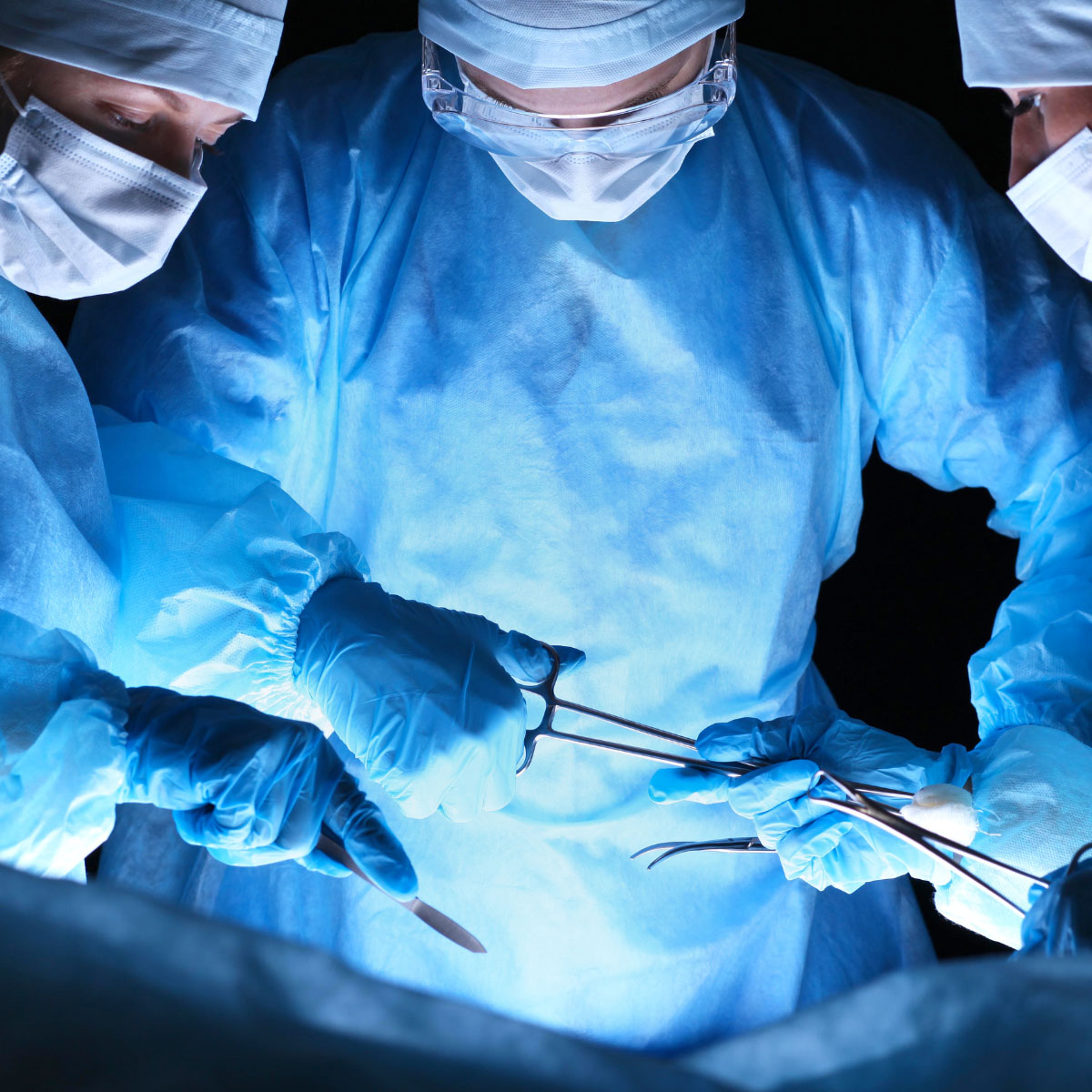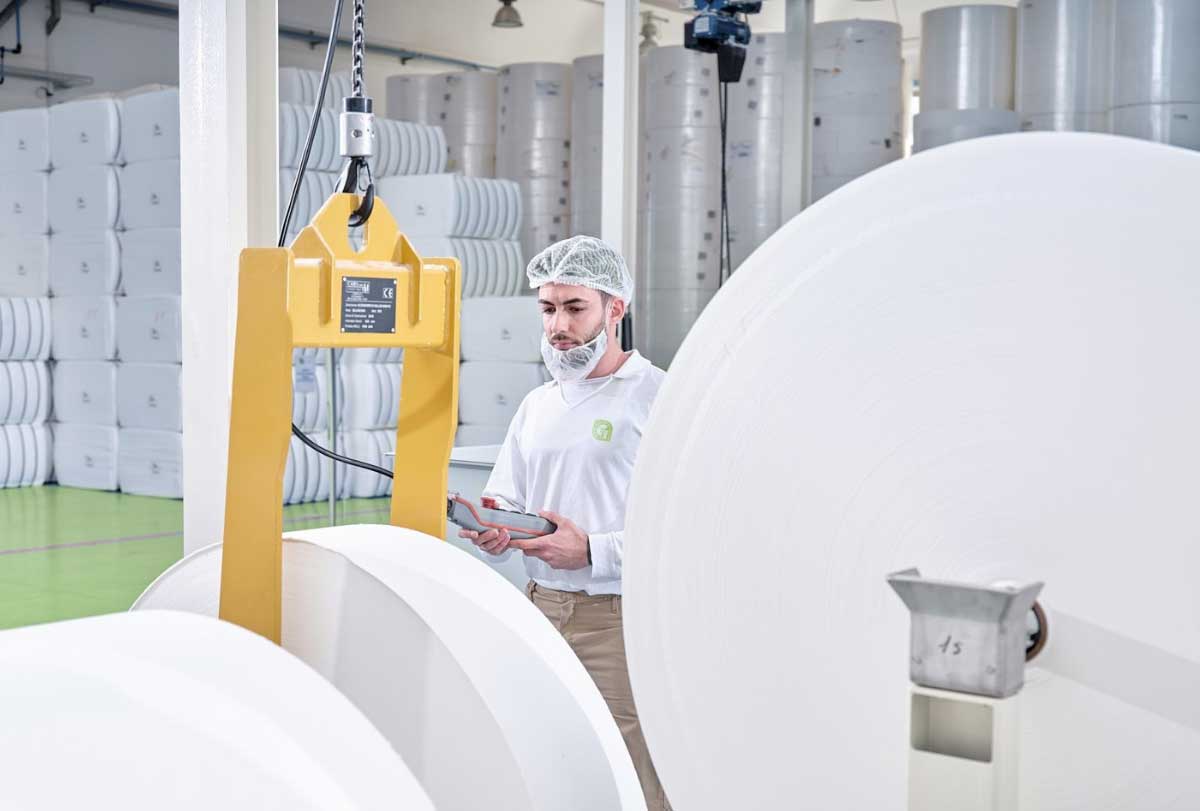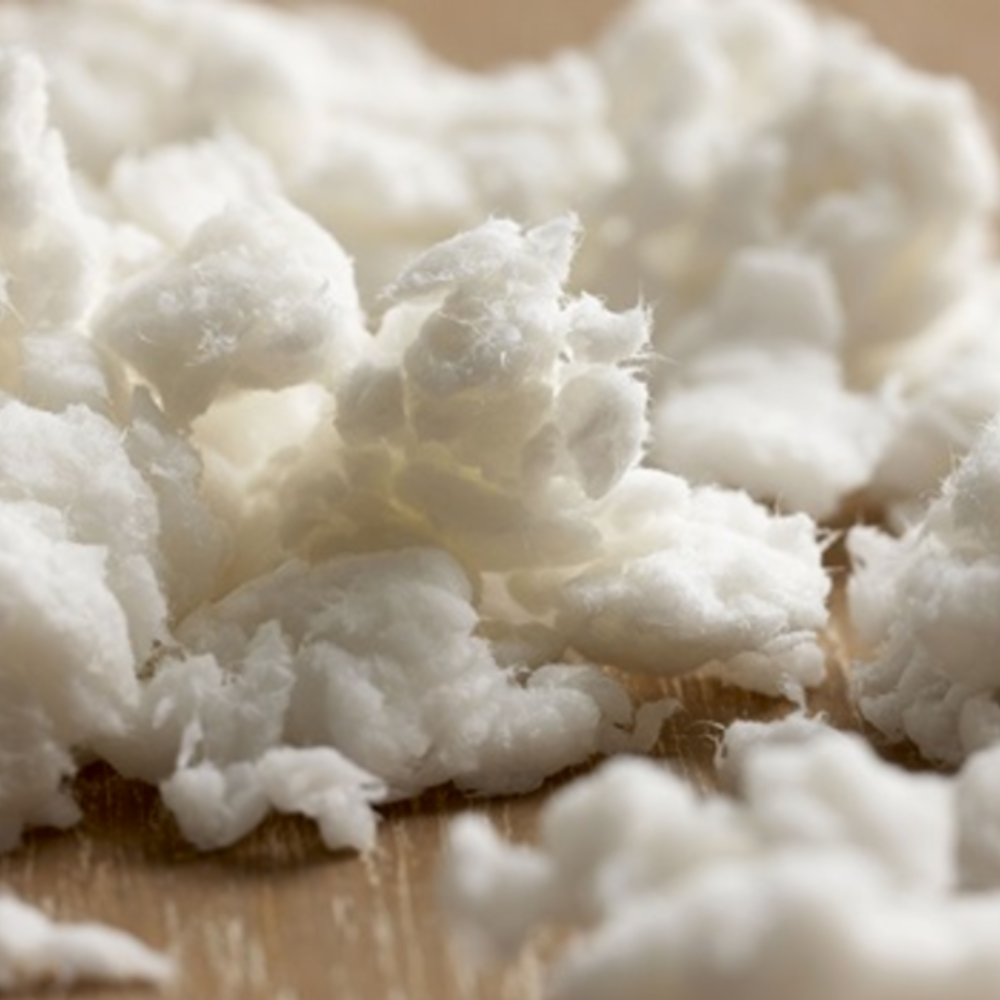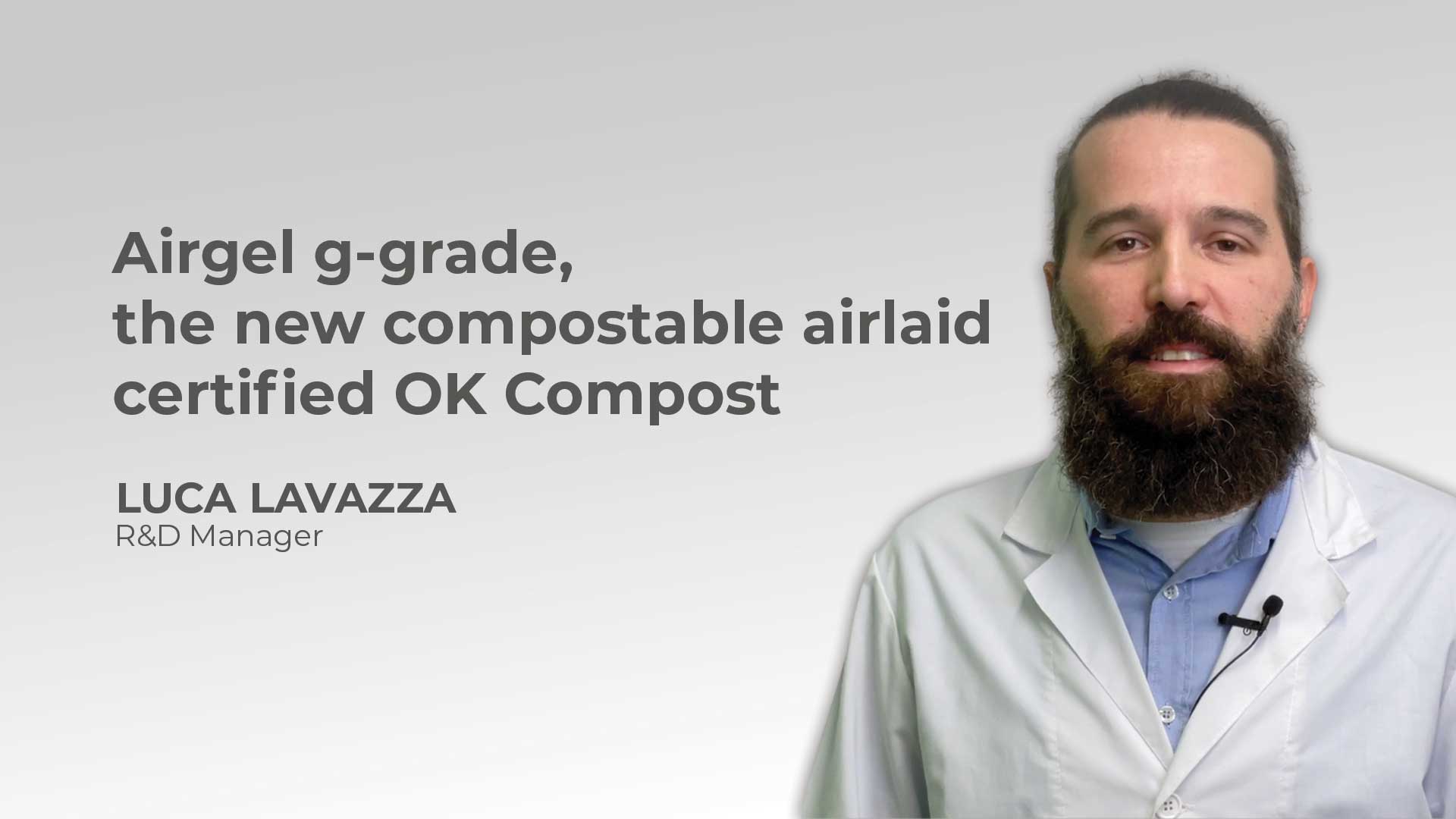
The use of nonwoven fabric in the surgical environment
Nonwoven fabric is a non-toxic and non-allergenic material that guarantees convenience, comfort and hygiene. It consists of a thin layer of natural fibre (cellulose, etc.) or synthetic fibre (viscose, polypropylene, polyester), obtained by mechanical, physical or chemical processes other than weaving.
The fibres it is composed of present a random pattern, unlike in a traditional fabric, where they are arranged orthogonally to each other to form a weft.
Nonwovens are widely used in the medical and surgical field in a disposable format: they ensure the prevention and spread of infections and diseases caused by multi-resistant bacteria and viruses, helping to combat cross-contamination. Immediately disposed of after use, they avoid the need for handling and minimise the transmission of pathogens spread through air or body fluids.
Let’s discover the main advantages of its use
Decreased risk of infection: as they are water-repellent, they promote breathability, thus reducing the risk of moisture accumulation on the patient’s skin, which could foster post-operative infections.
Absorption of liquids: during surgery, the surgical field must be kept dry. Nonwovens quickly absorb liquids, keeping the area clean and facilitating the surgical process.
Protective barrier: nonwoven fabric acts as a protective barrier between the patient’s inner tissues and the external environment, helping to prevent cross-contamination during surgery.
Lightness, breathability, and comfort: nonwovens are lightweight and highly flexible, making them ideal for surgical applications. Thet easily conform to the body shape and do not limit the patient’s mobility.
Biocompatibility: nonwoven fabric is generally well tolerated by human tissue, reducing the risk of allergic reactions or skin irritation.
Applications in surgery
Sterile coverings: nonwovens are used to create sterile drapes for operating tables and surgical equipment, which help preventing infections and diseases caused by multi-resistant bacteria and viruses.
Super-absorbent non-slip mats: they are designed to absorb liquids in operating theatres during operations where large quantities of liquids are leaking. They reduce the danger of slipping and keep the floor dry, while also easing cleaning times in the operating room.
Bandages, pads, dressings: in the postoperative period, nonwovens are used to create bandages and dressings that promote the healing of surgical wounds. They can provide many additional functions, such as creating a moist environment to promote healing, controlled moisture transmission, and absorbency.
Surgical clothing: nonwoven surgical garments provide a protective barrier for both the medical staff and the patient, minimizing the spread of pathogens during surgical procedures.
Find out more on the site’s dedicated section







